Since the inception of the Goods and Service Tax in India, GST has been a matter of discussion for every layman and experts in the country. Like every coin has 2 sides, the implementation of GST in the country also has arguably many merits and demerits as compared to the earlier subsumed taxes. Moving on to the inch closer for unifying tax reforms, the holes in the implementation of the act are triggered along with some important observation of Comptroller Auditor General of India (CAG).
Page Contents
Observation of CAG on indirect tax collection
The CAG in the latest reports on indirect taxes issued the observation on the collection of taxes after the implementation of GST. CAG in its Report 11 of 2019 (Indirect Tax- Goods and Service Tax) recorded its observation on GST and its impact on tax collection. Below are the highlights of the impact of tax collection:
- Growth of the indirect taxes declined by approximately 15.53 % in 2017-18 as compared to its growth of 21.33 % in 2016-17.
- Revenue collection of the Central government from GST (excluding the collection of excise on petroleum, petroleum products such as petrol, high-speed diesel, aviation turbine fuel etc. and tobacco) descended by 10 % in 2017-18 as compared to the subsumed taxes in 2016-17.
- The report states that the government successfully implemented a tax regime where multiple state and central taxes are subsumed into one tax along with the availability of Input Tax credit (ITC) on every purchase made (subject to section 17 of CGST Act). Cascading effect of tax rates has also been eliminated to a large extent. According to the report, the government has been able to achieve its objective by implementing a single IT platform for a taxpayer to some extent.
- The report listed out the areas for GST failure where one of the unsuccessful objectives is providing a simplified tax regime as taxpayers are facing problems in area such as return filings and invoice matching which is making it prone to ITC frauds.
Major failures for GST
Below are some of the failures faced while GST implementation:
Input Tax Credit
According to the aforementioned report of CAG, the ITC availed through invoice matching concept has failed to achieve its objective. In a nutshell, CAG cleared that the GST tax compliance system has failed to perform as desired. Erstwhile, Cenvat Credit Rules had number of rules that the taxpayer need to comply with in order to claim input tax credit such as a valid tax invoice and payment thereof to the counter-party. The same requirements have been laid down in GST with a few modifications. Under GST, the claiming of ITC was dependent on the concept of invoice matching which was done with the aim to prevent tax evasion but on the contrary there has been an increased case of wrongful availing of ITC which clearly portrayed the failure of the system to achieve its objective.
However, the failure can be attributed to the frequent deferral of automatic invoice matching and the ease of claiming credit in GSTR-3B. As a result, the taxpayer is liberal to claim the ITC and then utilize the time to figure out about the documentation process. The government is aware of such malpractices and also taking actions against the alleged tax offenders in whose case ITC were noticeably high.
Invoicing System
Not only the government copied the rules of GST from the previous acts but also many taxpayers copied their rules of evading the applicability of registration under the act. In the pre-GST time, the necessity to take registration was beyond the threshold limit of INR 150 lakh for excise and INR 10 lakh for service tax. The taxpayers used to evade these provisions easily by invoicing the sales under different names but now under post-GST era, the threshold limit has been unified for both excise and service to INR 20 lakh. Due to the faulty implementation and complexity of provisions the taxpayers utilize the time for their benefit and resorted to the earlier method of evading registration by invoicing in different names.
Classification under Harmonized System of Nomenclature (HSN) codes
One of the important criteria for compliance of the law is categorizing the goods / services for which the supply is made. The HSN codes provided are very complex and due to this fact the compliance of the same is getting difficult .During the transition phase government tried to fit items into the nearest higher rates and the taxpayers made use of the complex description of the goods / services provided in the act to their advantage and categorized the item to the nearest lower rates.
The ideal situation for any act to apply without any or minimal non-compliances is where the rates are reasonable, rules crafted are simple to interpret and apply. Tax evasion occurs when taxpayers are well aware of the loopholes and government is delayed in fixing those loopholes. Recently, the government detected evasion of INR 38,896 crore in the period April – October 2018. As the malpractices are going on even with the availability of such information, the government fails to curb these issues. However, the government has strict penal provisions for such malpractices which needs to apply a holistic approach in mitigating the loopholes.








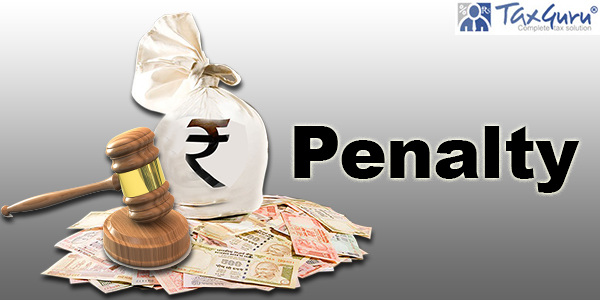



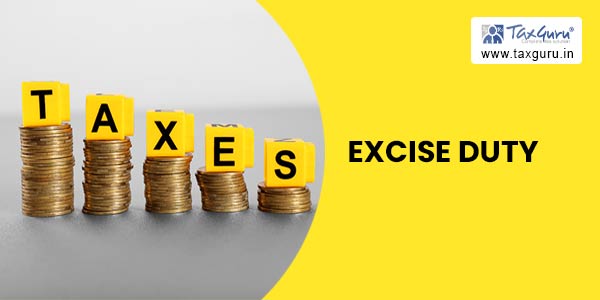



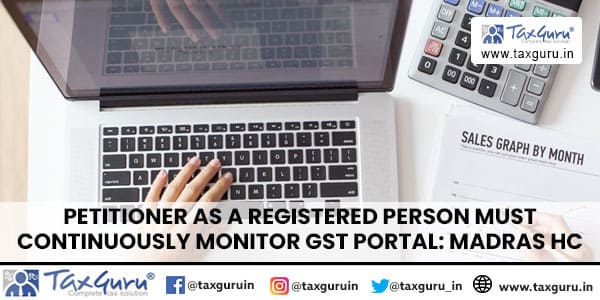
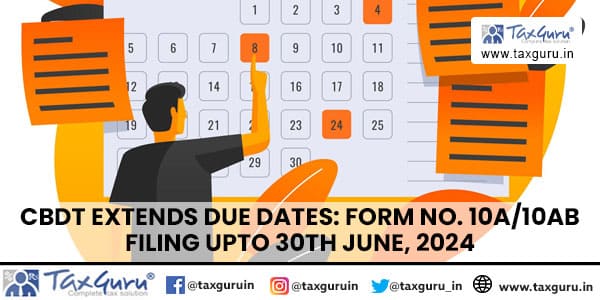
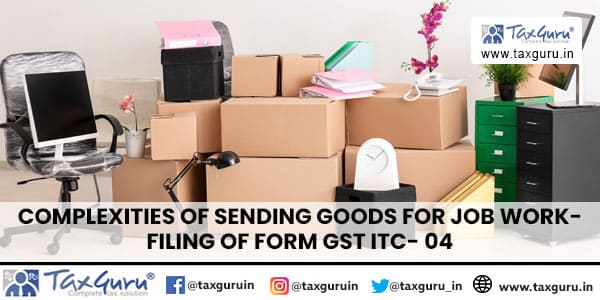

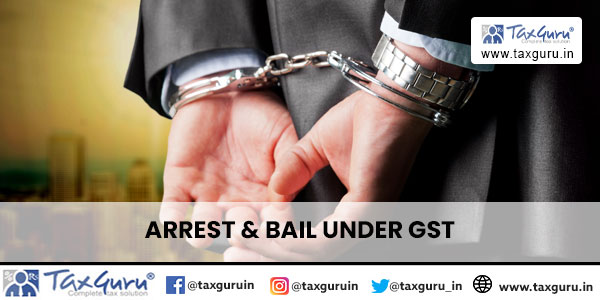
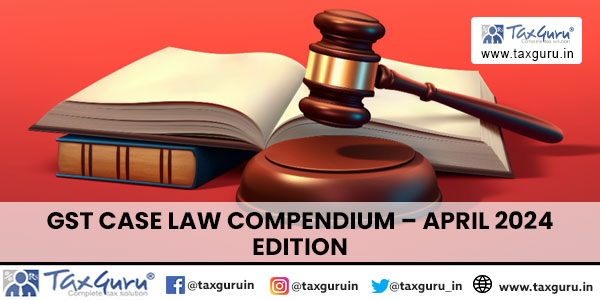
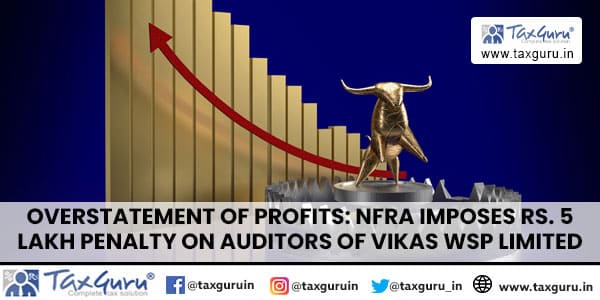
Sir, you wants cpllection more means, in gujarat most of the companies are doing under invoicing. Materisl are unloading through cargo ship, there is no mechanusation to check. Eg. Csmlin cp., at gujarat. Cost price of a pencil. RS.0.50 PRICE. SRLLING MKT PRICE.₹3.00.,WHAT IS SELLING PRICE AND COST PRICE.DIFFERENCE. PRICE TO PROFIT.
THERE IS NO PROPER METHOD OF ACCOUNTING CONCEPT. ALL MANF.UNITS ARE STRICTLY PAY TAX EXCEPT AWADING PROCURING OF MATERIAL. AND SUPPLY CHAIN MODEL, MIDDLEMEN INVOLVEMENT.
CHARTERRED ACCOUTANT ARE SHOWNING THE LOOPE HOLES DEDUCTER. AND GENERSTING INCOME TO THE MANF. UNITS.